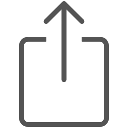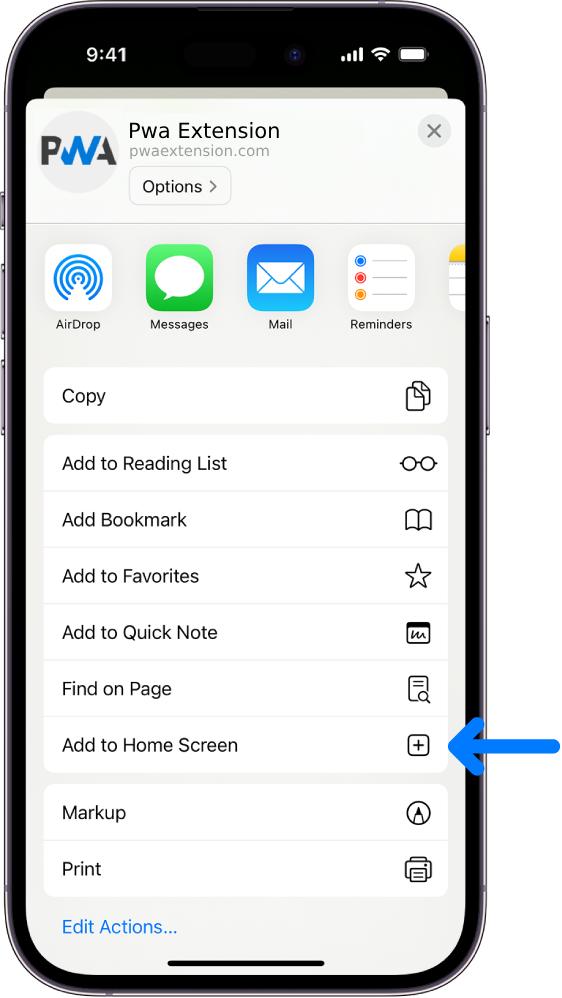Water, Waste & Fuel
Without proper campsites one faces the problems of acquiring fresh water for washing and how to dispose of both toilet waste and grey water. Bottled water is widely available everywhere in 5 litre bottles and we used this exclusively for cooking and tea-making. With a full fresh water tank and empty waste tanks it is possible, in our van, to go for at least three days and nights without worry.
In western Europe, the Baltic States and northern Russia we obtained almost all of our fresh water from garages (fuel stations) where hosepipes or taps are often visible on the forecourts. Moving south through Russia and in Ukraine we found this was less often the case and so we had to eke out supplies once or twice – until we made an obvious connection – carwashes. It is my guess that after the traffic police (who are everywhere) carwashes provide the biggest employment sector in eastern Europe. There are thousands of them. I don’t know why there are so many but the one thing they all have in common is a plentiful supply of fresh water and we soon got the hang of explaining what we were after and being given it without problems. A few roubles and a gift of fruit tea bags or a can of beer was all that was required.
As regards toilet waste there were several solutions. One method was to tip it down the toilet in garages or at aires (best late at night). The other main method was to dig a hole in the ground, normally in a wood and away from watercourses, and dump it in to be buried with the soil removed from the hole. This method was preferred. We use a biodegradable fluid so there is no harmful chemical component.
Often the most problematic was the grey water tank as even with the use of a tank freshener the waste does tend to smell absolutely foul after a few days of brewing up in the tank. Remember this is only washing-up water and shower water but it produces a pungent pong nevertheless. After a few goes we realised the best approach was to dump this little and often to shorten the brewing period and minimise the time taken and smell left hanging around. Disposal sites included car park drains, roadside verges and field edges. To get maximum evacuation it is necessary, in our van, to park pointing slightly uphill and leaning to the left. But once the tank is emptied, and with less than a full tank of water and fuel, the van becomes easier to drive as there is less wallowing with the weight and shifting load.
Fuel
Our van is a diesel. One or two comments on websites had made us fear that we might find ourselves running short of fuel when miles away from a fuel station, especially in Russia, so we had bought three fuel containers that we filled up before leaving. This meant we drove almost the whole trip with three fuel containers (20-litre, 10-litre and 5litre) full of diesel in the hold. And it was totally unnecessary. While many of them appear new (so website information may have been more accurate five years ago), there is now an abundance of petrol stations in Russia and elsewhere in eastern Europe. When roads got particularly bad in Russia we adopted the practice of only taking on half a tank as this made driving easier with less weight hitting the bumps. We knew there would always be a fuel station a few kilometres down the road and the only time this began to look questionable was on the Black Sea coast where they are further apart.
Nevertheless, we did not actually use the on-board fuel reserves until towards the end of the trip – to lighten the load for the return home. I would say it is more important to carry spare fuel in the UK – especially on our poorly serviced motorways, than it is in eastern Europe.
In Russia there are often two grades of diesel available at fuel stops. The cheaper one of these is a ‘truck diesel’ that many HGVs use, spewing out thick black smoke as a result, especially under load. Even the more ‘expensive’ one costs only 35p a litre so there is no need to use the dirty one.
One quirky thing about much of Russia (less so in the north nowadays) is that you pay for your fuel before the pump can start up. This obviously reduces the risk of people doing a runner without paying but it does mean you need to have a good idea of the capacity left in your tank before buying. We knew of the system ahead of going and so had prepared a series of photos of the fuel gauge as a guide – though the warning we were given, that the pumps keep going until the amount bought is fully delivered regardless of whether it is overflowing on the forecourt, seems to have been a leg-pull! You can control the flow just as you do here.
One disconcerting thing about many eastern European fuel stops is that you cannot go into the shop to pay but have to do so through a little flap on the front of the kiosk. When this is combined, as it often is, with mirror glazing that prevents you seeing the cashier it is difficult to see whether the place is open at all and difficult to communicate with someone you cannot see – especially when your Russian is not that good and you might be hoping to use a bit of sign language and facial expression to get your message across. On one occasion, with apparently dead pumps and nobody else on the forecourt, I was turning to get back into the van to leave when somebody tapped on the window to alert me to their presence.

 (share) button at the bottom of your screen,
(share) button at the bottom of your screen, ( Add to Home screen ).
( Add to Home screen ).